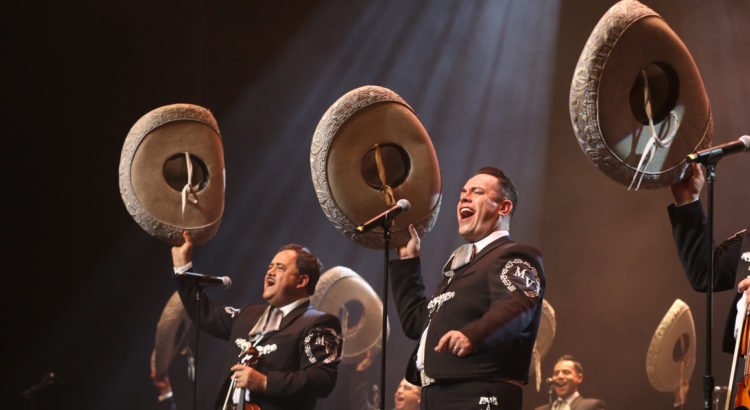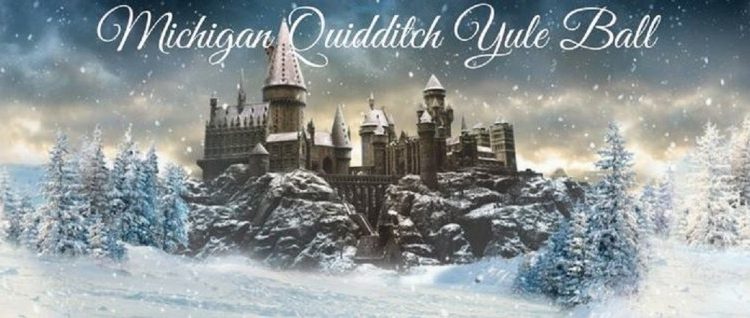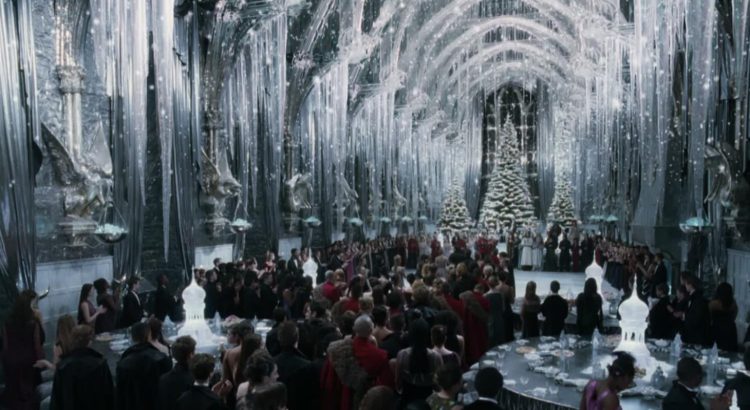Mariachi Vargas de Tecalitlán’s Friday evening performance at Hill Auditorium was a lively and colorful show full of life.
It was obvious that it was going to be a great performance right from the opener, which featured Mariachi Nuevo Santander (2019 National Mariachi Group Competition High School Division winner) and Ballet Folklórico de Detroit. The set included the two groups working together, with Mariachi Nuevo Santander providing the music and Ballet Folklórico de Detroit performing Mexican folkloric dance. The result was a visually and aurally stunning treat for the audience. As soon as each song finished and another was beginning, a new small group of dancers took the stage, resulting in seamless transitions and no break in the performance’s energy. Although it was the opening set for the evening’s performance and I knew that more music was to come, I found myself almost disappointed when Mariachi Nuevo Santander and Ballet Folklórico de Detroit’s performance time was up!
Similarly, Mariachi Vargas de Tecalitlán’s set (which was performed without intermission) did not disappoint. In addition to engaging the audience with their music and with invitations to clap and sing along, they are virtuosos in their craft. Perhaps most impressive is the fact that Mariachi Vargas has no performers that just sing – instead, the vocals for all their songs are performed by band members who trade out from the instruments that they are otherwise playing, proving their musical talent in multiple areas. Mid-song, one small group of performers would trade their violins or guitars for microphones, while the vocalists up to that point would return to their instruments. I also enjoyed the energy of the audience (which seemed to be nearly full). For me, it is as much the experience of witnessing a performance with hundreds or thousands of other people as it is hearing live music that makes concerts, rather than YouTube or recordings, meaningful and worthwhile.
The only issue that I had with the performance was that Hill Auditorium is not exactly suited for the acoustic environment created by microphones and large speakers. Though its magnificent acoustics make it easy to hear every instrument at an orchestra concert, Mariachi Vargas de Tecalitlán and other ensembles that utilize similar equipment present different auditory demands. There was a large black curtain hanging behind the performers, which presumably helped to deaden the noise some, but unfortunately, the sound still seemed to be muddied and too loud at times (though this could have been a product of where I was sitting and may not have been a problem in other parts of the hall). That said, however, I still greatly enjoyed the performance.
The encore was, in my opinion, the best moment of the entire night, as it featured Mariachi Nuevo Santander singing alongside the musicians of Mariachi Vargas de Tecalitlán. It was a fitting close to a night of great music.







